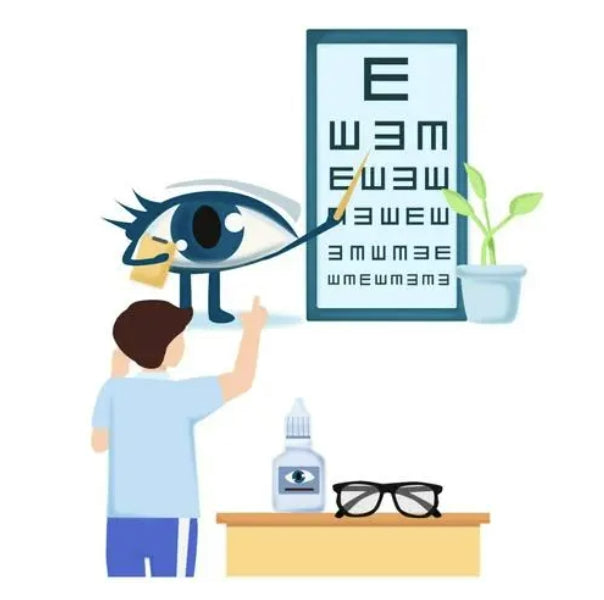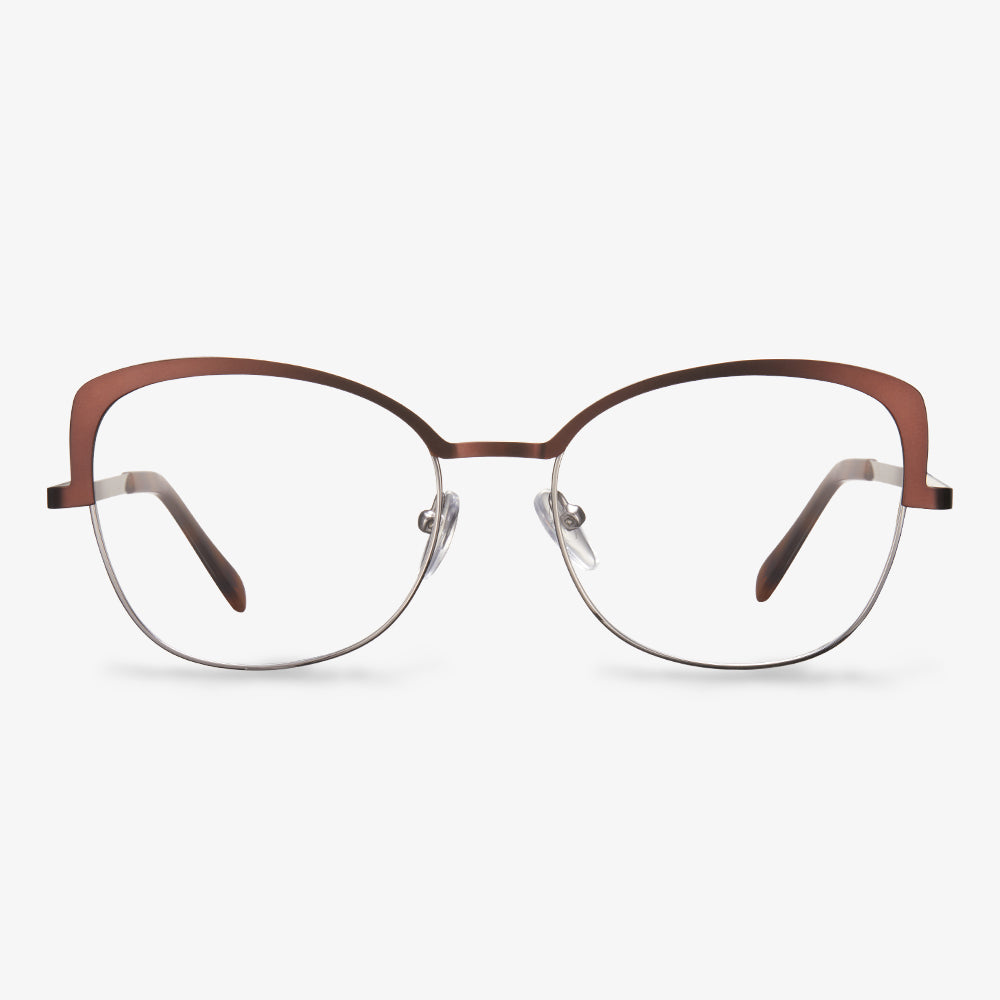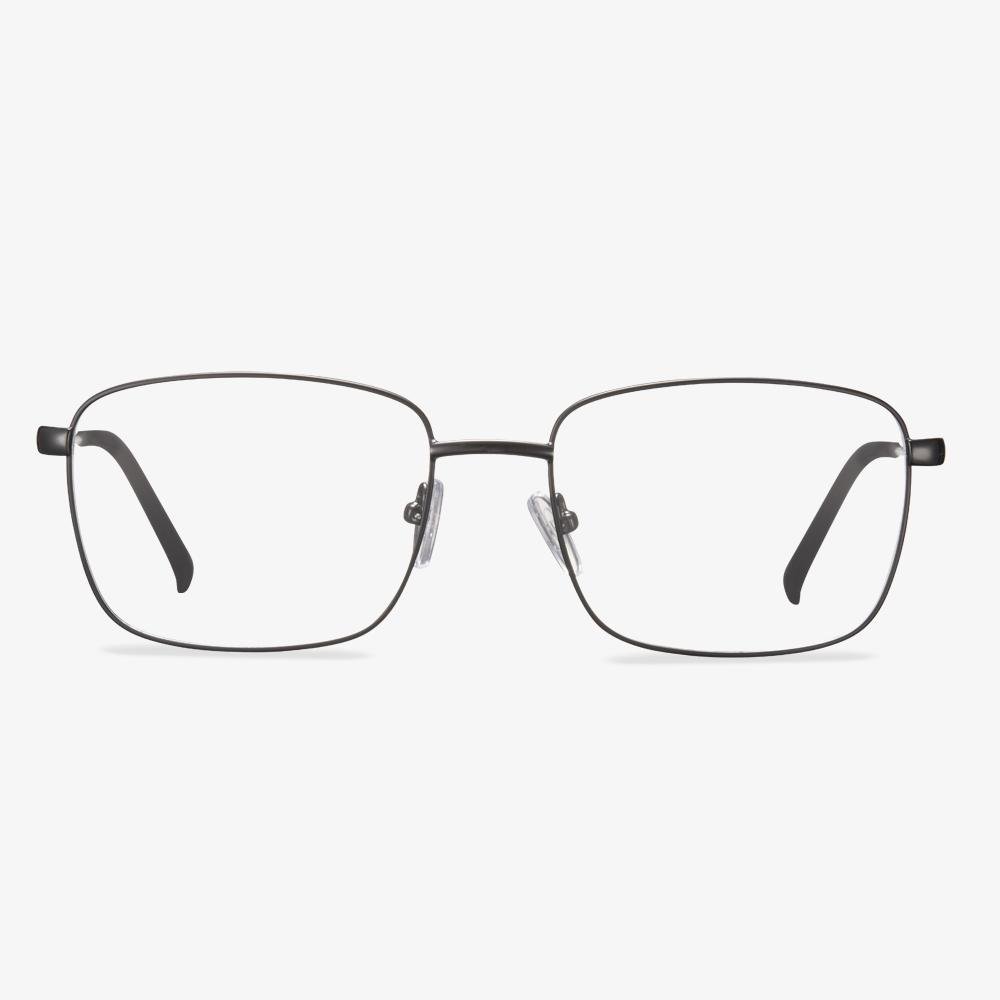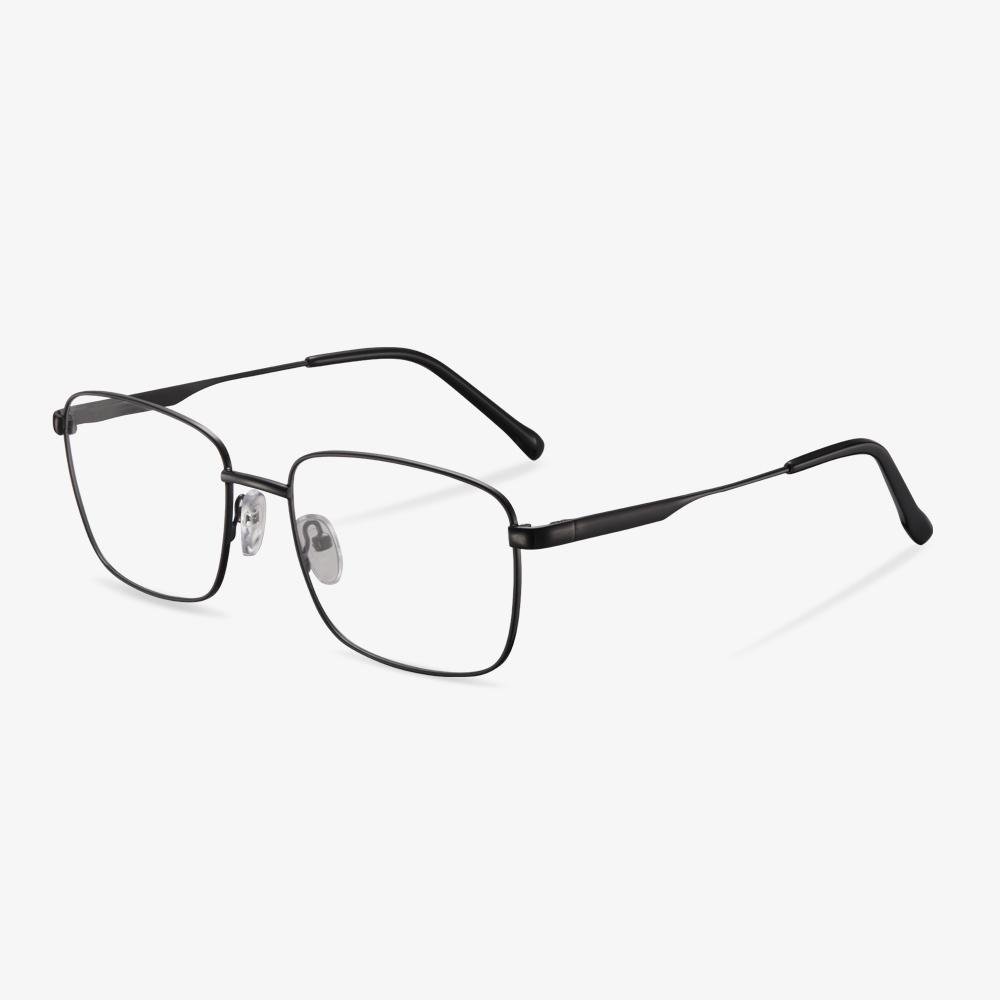I have been wearing my current glasses for almost three years now, and recently, I have been contemplating getting a new pair. Perhaps it's due to economic considerations or the fact that I am busy with work and rarely have time to rest and recover at home. Or maybe it's the desire to spend more time with my family and children. Finally, I have made up my mind. But before getting new glasses, how should I choose the right frames and lenses? As someone who loves making plans, I have done plan on this matter as well.

Wearing glasses for nearsightedness is not the most pleasant experience. Just imagine if you have encountered the following situations in your daily life:
Wanting to see how you look without glasses but needing to take a photo
Having six eyes when watching a 3D movie
Dreading when someone asks about your vision prescription
Misplacing your glasses
However, if you don't wear glasses:
People become unrecognizable from 10m away
Telling men and women apart becomes impossible from 50m away
So, for people with nearsightedness:
Glasses are like a savior for you Considering that glasses determine your quality of life, the importance of choosing a suitable pair of glasses becomes even more significant.
Although glasses may seem like just two frames and two lenses, there is still a method to selecting them.
This process can be broken down into four steps:
Check Your Prescription
Select Lenses
Choose Frames
Consider Style
Step 1: Check Your Prescription
A comprehensive eye exam is the foundation of getting the right glasses. It's not as simple as randomly selecting two lenses to place in front of your eyes.
However, an awkward fact is that whether it's at an eyewear store, an optometry institution, or a hospital, the process of conducting an eye exam is often not standardized. Many opticians lack basic knowledge of ophthalmology and are put to work immediately after short-term training. In other countries, only qualified doctors can provide eye prescriptions.
So, although it is not accurate to say that opticians at eyewear stores and other places are inadequate, if you are getting glasses for the first time, have a high degree of nearsightedness, or are a child, it is recommended to have your eyes examined at a medical center where the eye exam prescriptions are the safest.
Step 2: Select Lenses
Selecting lenses involves considering four factors: material, design, dispersion coefficient, and refractive index.
Material: Glass lenses are fragile, PC lenses are not resistant to high temperatures and are easily scratched, so resin lenses are more suitable considering all factors.
Design: Lenses are divided into spherical and aspheric lenses based on curvature. For people with low degrees of nearsightedness, the difference is not significant. For those with moderate to high degrees of nearsightedness, it is recommended to choose aspheric lenses for better imaging and clarity.
Dispersion coefficient: This index indicates the clarity of the lens's imaging performance. It is usually expressed using the Abbe number (dispersion coefficient). The larger the number, the smaller the dispersion and the better the imaging. Of course, the higher the price. Abbe numbers typically range from 30 to 58, so choose one within your budget.
Refractive index: Common refractive indices include 1.56, 1.60, 1.67, and 1.74. Simply put, with the same degree, the higher the refractive index, the thinner the lenses. However, it's not always better to choose thinner lenses. See the following guidelines:
For prescriptions up to 0-200 degrees, you can choose 1.50 or 1.56
For prescriptions from 200-400 degrees, you can choose 1.61
For prescriptions from 400-800 degrees, you can choose 1.67
For higher prescriptions, it is recommended to choose 1.74 or higher standard
Step 3: Choose Frames
Choosing frames is essentially choosing the material of the frames. Common options include plastic, TR90 (plastic titanium), alloy, and titanium.
Plastic frames are hard, glossy, and resistant to deformation. TR90 is lightweight and impact-resistant. Alloy frames have good flexibility but are prone to fading. Titanium frames are corrosion-resistant, lightweight, but naturally more expensive.
So, when it comes to choosing frame materials, it's up to your preference.
Step 4: Consider Style
After all, it's something you wear on your face, so it's important to choose frames that are aesthetically pleasing.
The compatibility between glasses and face shape is crucial. Generally, it follows the principle of complementarity. For example, if you have a round face, choose square frames; if you have a square face, choose round frames.
In addition to face shape compatibility, it's also important to have the proper width of frames that match the distance between your two pupils.
This alignment ensures that your gaze passes through the optical center when looking at things. So, the oversized frames that many people like may not be the most suitable choice. After all, not everyone can fit oversized frames.
When it comes to selecting glasses, these are the main points to keep in mind.
Then someone might ask, what price range of glasses is more suitable? Why are some glasses so expensive? Some cost thousands, while others are less one hundred. What's the difference?
For the first question, it's best to choose a price range that you can afford. A pair of nearsighted glasses usually lasts for two years. For ordinary students, considering options below a thousand yuan is reasonable. For higher-income individuals, because the occasion and quality of life pursuits are different, it's not a big issue to spend a quarter of their monthly salary on a pair of glasses. After all, wearing good glasses ensures safety and comfort.



































